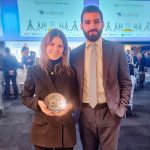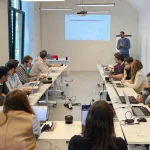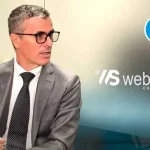Maps Group is internally organised into Business Units and Divisions. To learn more about our structure, here is the interview with the Head of Research & Solutions, Gian Luca Cattani, who tells us about the projects and perspectives of his division.
What does R&D deal with specifically?
Our working group has one main task and several secondary ones.
The main one is to govern Maps Group R&D activities. This requires managing the governance and control of the Maps Group’s investment expenditure in R&D, providing technical coordination to the development activities of our products, and making an operational contribution in terms of design and development both to the creation of new products and to the improvement of existing ones.
All of this, obviously, is carried out in collaboration with the Business Units and their Business Lines.
There are two secondary tasks that are the most important. The first is the provision of transversal technical services for the improvement and efficiency of production processes. This takes place specifically through the application of a model based on so-called DevOps tools for the automation of those areas of the application development and management process in production that do not require changes to the source code or the manual analysis of data and information. The second is support for Delivery to Customers in some particular cases that require the use of technical or methodological skills not present within the operating Business Unit.
Internationally, 2022 was a particular year; on the one hand we found ourselves facing the longer-term consequences of the pandemic crisis, while on the other hand the economy had to deal with the repercussions of the war in Ukraine and the issue of energy efficiency. Such complex years represent, in some cases, a moment of renewed impetus for companies and structured groups.Is this what happened to Maps Group and its R&D division?
Maps Group made it through 2022, as well as the years of the Covid pandemic’s maximum intensity without slipping, but rather by strengthening some of its strategic convictions. In the past year, for example, the importance of having invested in issues concerning energy efficiency is evident.
So, I would not call it renewed momentum, but rather solidity and attention to macroeconomic and social phenomena.
How did 2022 represent a great opportunity?
For R&D, 2022 was the year of definitive consolidation. After the significant growth of 2021, we have expanded further and have begun to give ourselves a more orderly organisation. We face 2023 with a staff of 19 people, adequately sized to meet the needs of Maps Group.
It was the year in which, for the first time in the history of Maps, we entered into an international partnership through which we were awarded almost 3 million Euros of European funds for the realisation of a three-year research project (we officially started it on January 1, 2023) in the field of energy efficiency and the use of hybrid energy storage systems. The project is called PARMENIDES and will obviously be carried out in collaboration with the Energy Business Unit.
2022 was the year of two important acquisitions for Maps Group. I-TEL, with its products and with the quality of its people, will materially contribute in 2023 to making decisive steps forward for the Healthcare, ESG and MapsLab Business Units. Energenius is an ideal complement to the group that has carried out the development of ROSE to date and will allow us to accelerate our entry and positioning in the energy efficiency and flexibility market, which has enormous potential.
2023 has just begun: what are the objectives and what, on the other hand, are the challenges to be faced?
This is the year of efficient and synergistic growth. Efficiency and synergy are both goals and challenges.
Maps Group must increasingly realise the potential synergies that the acquisition paths of recent years have generated. This path must be combined with a technological evolution of our historical products that adapts them to the prominent market positioning they have reached. Our goals are new, better and more complete products that can be brought to ever wider market segments.
At the same time, this work on the product portfolio must be governed and coordinated in order to bring efficiency to our operational capacity both in development and in delivery to customers.
R&D has the task of catalysing these processes and ensuring that they produce the desired results. I would say that as a challenge, it’s enough for us.




